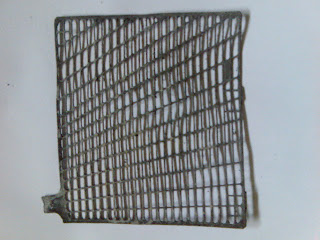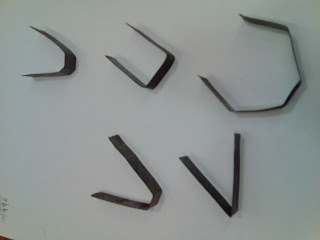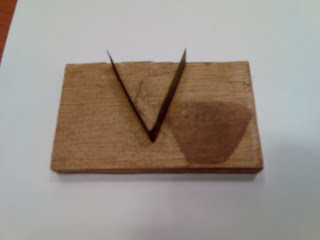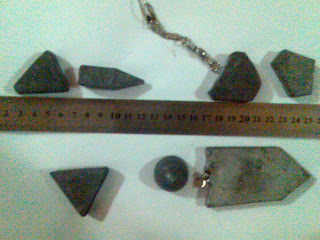Thursday, April 24, 2008
CW Lessons
k7qo.iso.zip file is 350,578,272 bytes. Read the PDF file first before anything else. (Note this is a newer version, i have not download it yet. may not be simila to what i have). To me this is a good way to learn morse. There are other software that teach you morse. Remember when you were a kid and started to speak. By hearing your parents you picked up the language. This method is same. Important thing is not to count the dit and dah. Once you are proficient you will be hearing word instead of letters. Just like reading this post. You are not reading the individual letters but the whole word.
Best of luck.
73's.
Best of luck.
73's.
MORSE
Hopefully by now you have made your iambic keyer. Now to learn morse code (CW). But you need to first build a circuit to practice your morse on. You can download the diagram from here or go the the author/creator's site for more info. Later i will be posting morse lessons for download.
de.
de.
Sunday, April 20, 2008
PIC Lessons
When i first started this blog, it was my intention to educate to those interested in PIC Programming. But now I am contrubiting to the PIC lessons blog with my Sifu, 9w2bsr, Basir. So why reinvent the wheel. Those interested can visit that site and maybe even give suggestions on how to improve it. But if you still want to ask me questions you can do so here or email me.
Thanks.
Thanks.
Friday, April 11, 2008
Hook Line and Sinkers
Making you own sinkers. Sometimes strong under sea currents move your sinker around and give you the impression that you have a bite. Well I have made my own sinkers using lead from car’s dead lead acid battery. Though my design is simple, you could make better ones. My idea is that the sinker should lie flat. It never moves even with strong currents. But the drag on retrieve can be a bit high. Below are the sample of some of the sinkers made by me and my friends.
Gallery.
 |  |
I love this quote:-
“A bad day of fishing is better than your best day at work.”
Tight lines.
Thursday, April 10, 2008
Yagi design
My friend Basir, wants to make a 900MHz yagi antenna. I recommend using QuickYagi4, a DOS, based freeware software. It's frequency range is from 1.5MHz to 999.999 MHz. Unfortunately cannot be used to design an antenna for the 3G, which uses 2100MHz. But give it a try. I have friends designed 2M antenna with this software and works great.
It can be downloaded from here.
It can be downloaded from here.
Friday, April 4, 2008
RAE registration
The RAE examination 2008-1 registration will open on 7th April 2008 and close on 25th April.
The examination will be on 24th June 2008.
Those interested in taking the exam, Please register yourself with MCMC. Download the RAE form from here.
The examination will be on 24th June 2008.
Those interested in taking the exam, Please register yourself with MCMC. Download the RAE form from here.
Subscribe to:
Posts (Atom)













